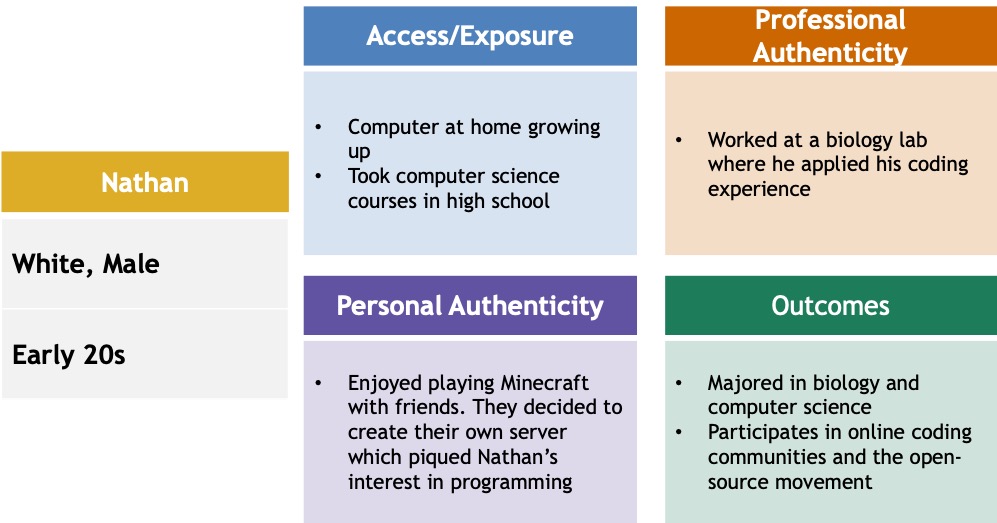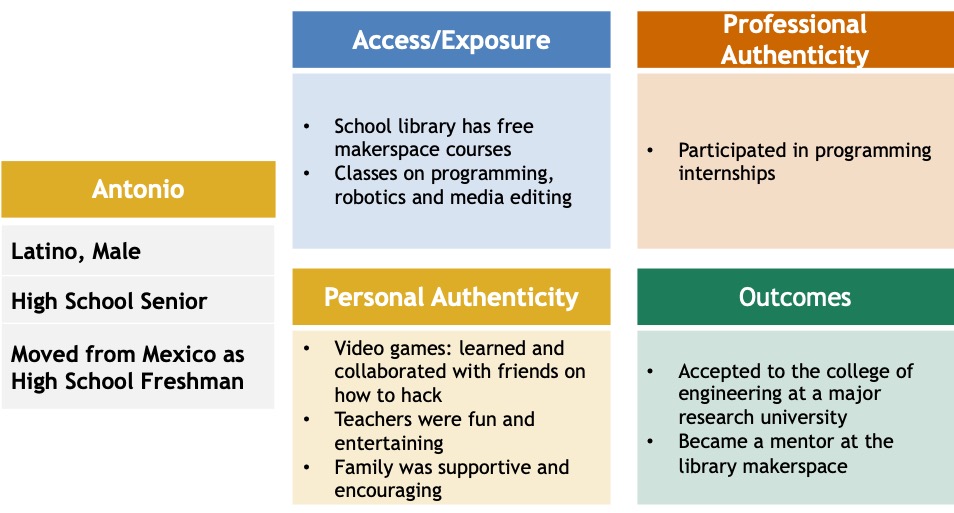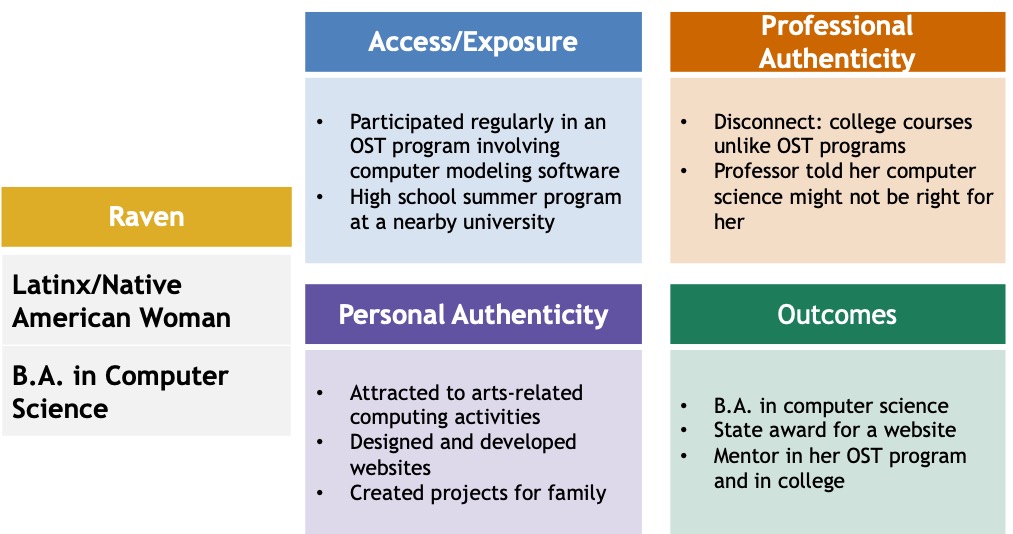Introduction
The field of computing has changed the way society functions, interacts, and works in a fundamental way and is widely used in both personal and professional life. And, in order to thrive in this digital world, it is imperative that all students develop computing competencies.
The well-documented lack of diversity in the computing workforce and in programs that engage learners in these fields highlights the critical need for a broad push to expand access, engagement, and learning around computing especially those in underrepresented groups.

To address the gap in knowledge, the Board on Science Education of the National Academies of Sciences, Engineering, and Medicine convened a committee with expertise in the design and construction of learning spaces in formal and informal STEM and computing educational settings, to examine the evidence on the ways in which authentic STEM experiences develop interest and competencies for computing.
The report, Cultivating Interest and Competencies in Computing: Authentic Experiences and Design Factors, identifies authentic experiences for computing, or experiences that reflect professional practice and connect learners to real-world problems that they care about, as an approach for reaching a broader range of learners. The report addresses issues of design and institutional/organizational infrastructure to highlight the particular contexts that may best support the development of learners’ interests and competencies for computing.












